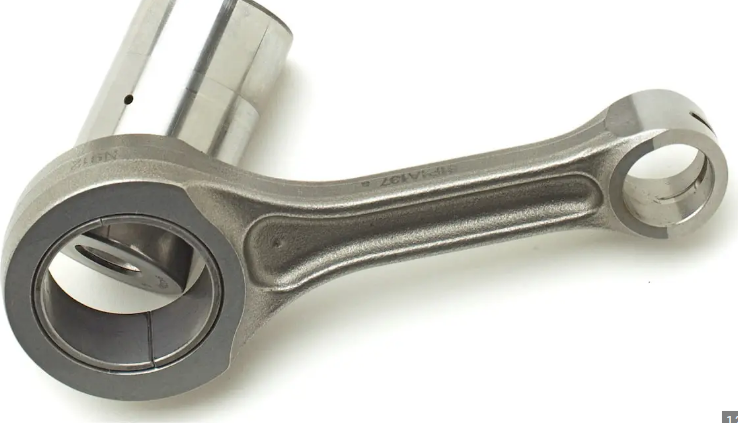Checking connecting rod alignment is a crucial component of maintaining optimal engine performance. Correct alignment ensures efficient power transmission from the piston to the crankshaft. This guide walks through the process of how to check connecting rod alignment accurately.
Understanding the Role of Correct Connecting Rod Alignment
In an engine, the connecting rod serves as a critical link transferring the piston’s linear motion into the rotary motion of the crankshaft. Misaligned connecting rods can disrupt this transfer, resulting in sub-optimal engine performance, increased wear, and potential engine damage.
Tools Required for Checking Connecting Rod Alignment
Checking connecting rod alignment requires some specialized tools, such as a connecting rod aligner, a connecting rod vise, and a feeler gauge. Using the appropriate tools allows for more accurate measurements and prevents damage to the connecting rod during inspection.

Steps to Check Connecting Rod Alignment
- Secure the Connecting Rod: Place the connecting rod in the connecting rod vise with the small end facing up.
- Align the Connecting Rod Aligner: Position the aligner over the big end of the connecting rod, ensuring it rests flush against the cap of the big end.
- Verify Alignment: Look down the length of the connecting rod. If the aligner is flush with both ends of the rod, the connecting rod is properly aligned. If the aligner does not align with the edges of the small end, there is misalignment.
- Measure the Degree of Misalignment: Use the feeler gauge between the aligner and the small end of the rod to measure the degree of misalignment.
Post Checking the Connecting Rod Alignment
If misalignment is discovered, it is essential to have the connecting rod either replaced or professionally straightened at a machine shop. Operating an engine with misaligned connecting rods can cause severe engine damage.
With the right tools and know-how, maintaining the alignment of your engine’s connecting rods can be a straightforward process. Ensuring correct alignment is essential to achieving the best possible engine performance and lifespan.